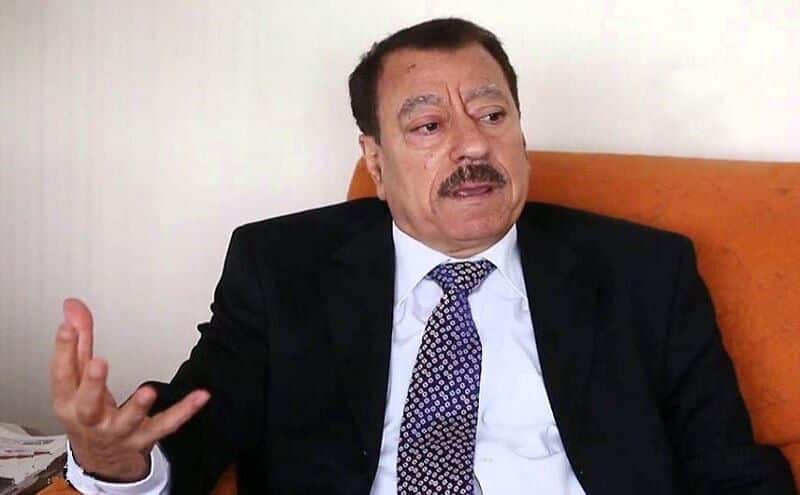Five signs of a looming large-scale Israeli attack on Lebanon.
Abdel Bari Atwan wrote in his analytical report in Rai al-Youm newspaper that multiple indications are suggesting the Israeli occupation regime is preparing to launch a large-scale attack against Hezbollah in Lebanon, possibly in the coming days, with backing from the United States. However, the cost of this aggression may be very high, potentially exceeding the defeat Israel faced in the 33-day war of 2006.
These indicators can be summarized into several key points:
1. Lebanese Prime Minister’s Statement: On Thursday, Lebanese Prime Minister Nawaf Salam made a statement after an unexpected meeting with American General Joseph Clearfield, head of the ceasefire monitoring committee in Lebanon. Salam declared, “Lebanon is committed to completing the process of exclusive arms control in the hands of the government (disarming Hezbollah) south of the Litani River before the end of this year.”
2. US Envoy’s Remarks: The US envoy to Lebanon, Tom Barak, emphasized that the moment has come for Lebanon to regain its sovereignty. He warned that if Hezbollah does not disarm and the Lebanese government continues to delay fulfilling its obligations, Israel may take unilateral military action.
3. Military Maneuvers: The Israeli army is conducting intensive military exercises in southern Lebanon, simulating land, sea, and air attacks against Lebanon.
4. Increased Displacements: There has been a noticeable increase in the number of citizens leaving the suburbs of Beirut for areas in the north and northeast, which are believed to be safer.
5. Increased Drone Activity: The number of Israeli reconnaissance drones flying over Lebanese airspace has surged, operating almost around the clock. Leaked information suggests that these drones may target critical Lebanese infrastructure, particularly Beirut’s airport, port, and power and water plants.
These threats and pressures from the Israeli regime coincide with reports from Israeli media indicating that Hezbollah is rapidly regaining military and organizational strength. It has reportedly succeeded in restoring its military-industrial capabilities, particularly in producing more accurate missiles than those used before the recent Israeli aggression against Lebanon. A Lebanese source confirmed this, suggesting that the next significant development could involve the firing of Hezbollah’s hypersonic missiles and other missiles equipped with heavier and more sophisticated warheads than those used by Yemen.
Sheik Naim Qassem, the Secretary-General of Hezbollah, referenced these developments in recent speeches, emphasizing that Hezbollah has restored itself and will respond forcefully if Israel launches a large-scale aggression against Lebanon. He clarified that the weapons of resistance are meant to confront Israeli aggression and are not intended for internal use within Lebanon. Qassem stated that these arms are a part of Lebanon’s strength, and those who believe that disarming them will resolve the issue are making a grave mistake.
The recent high-level visits from American officials to occupied Palestine, including Vice President Vance, Secretary of State Rubio, and others, are not aimed at containing Israeli aggression against the Gaza Strip. Instead, they are reportedly preparations for a Zionist-American aggression against Iran and its allied forces in Lebanon and Yemen.
The Israeli regime has faced humiliating defeats twice in Lebanon: first, with a unilateral withdrawal from southern Lebanon in 2000 to limit casualties, and second, during the 33-day war in 2006. The regime likely faces a third defeat. Those who failed to achieve their objectives in their two-year aggression against Gaza are unlikely to succeed in Lebanon. It is believed that Lebanon and Iran will not be alone in this confrontation. The era of strategic patience and restraint may be coming to an end. Recent statements from Ayatollah Khamenei corroborate this view. Only time will tell what the future holds.

